The Asian Water Monitor live throughout South and Southeast Asia. The Asian Water Monitors that I have seen have all been in Thailand and they seem to be fairly common as I have seen them in multiple locations (Bangkok, Ayutthaya and Damnoen Saduak). They are the second largest lizard behind only the Komodo Dragon. They can reach a length of 9.5 feet and a weight of 55 pounds. They can live for over 10 years. These lizards normally lay around 20 eggs at a time and usually lay eggs 2 times a year.
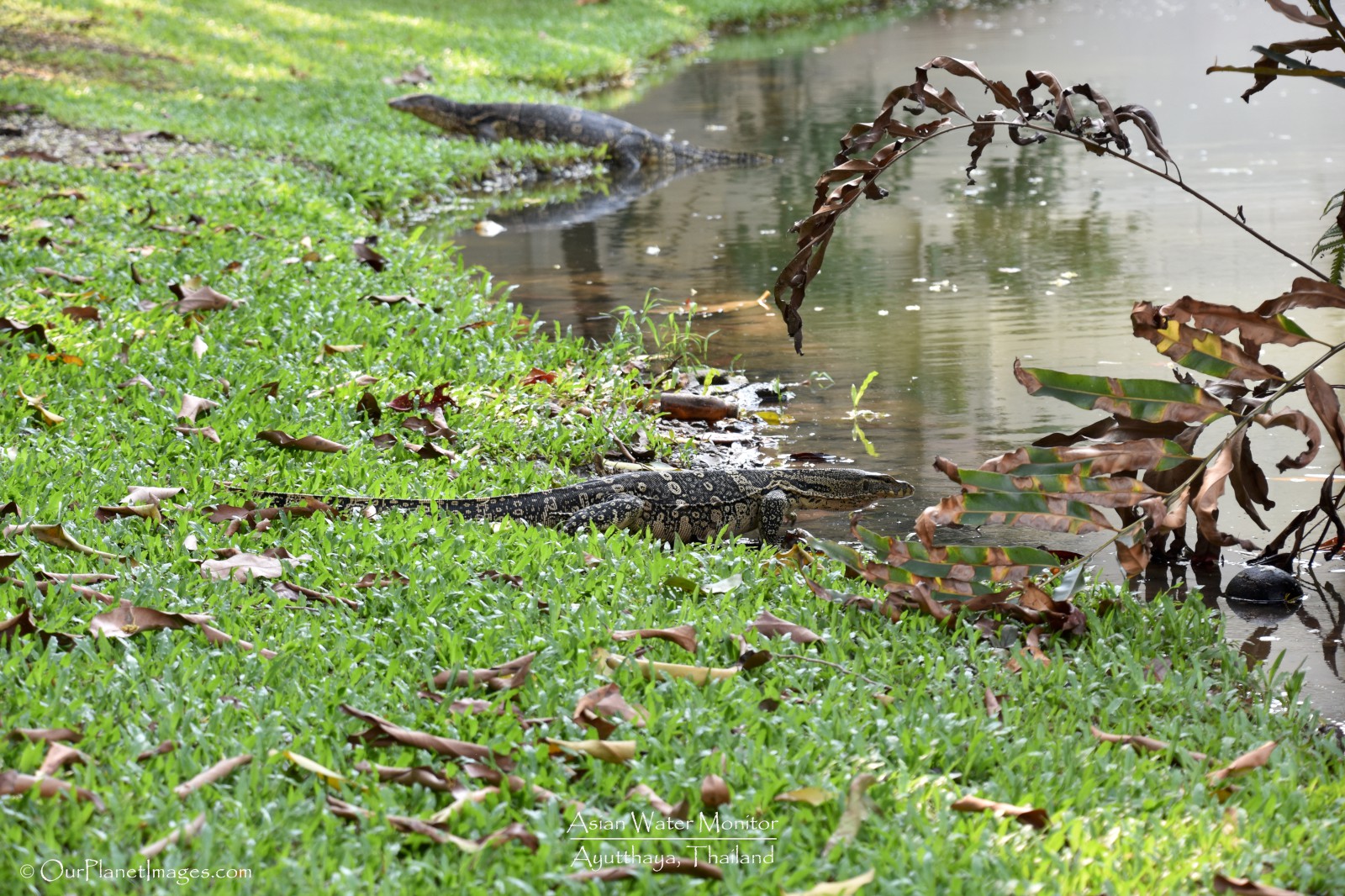
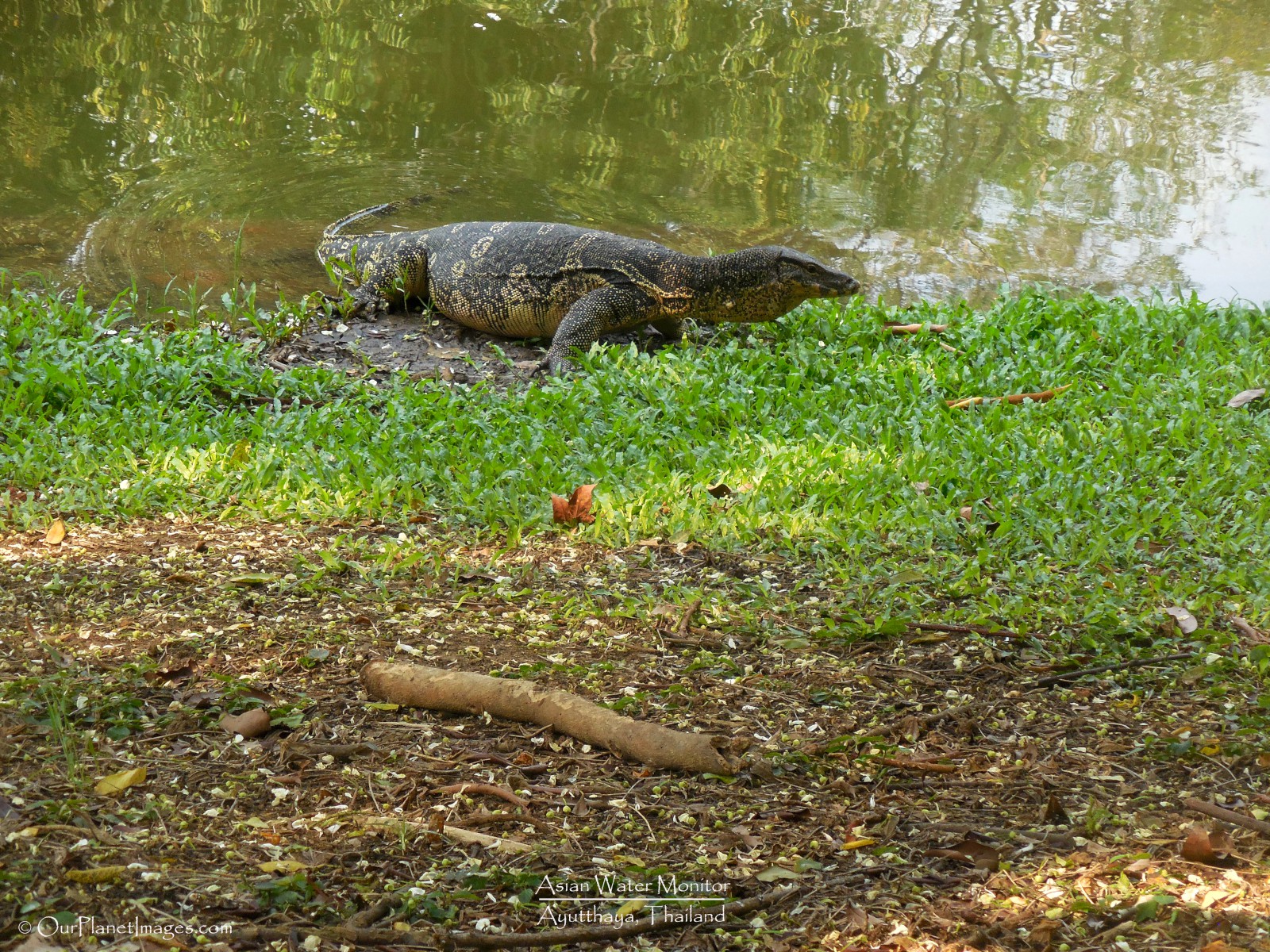

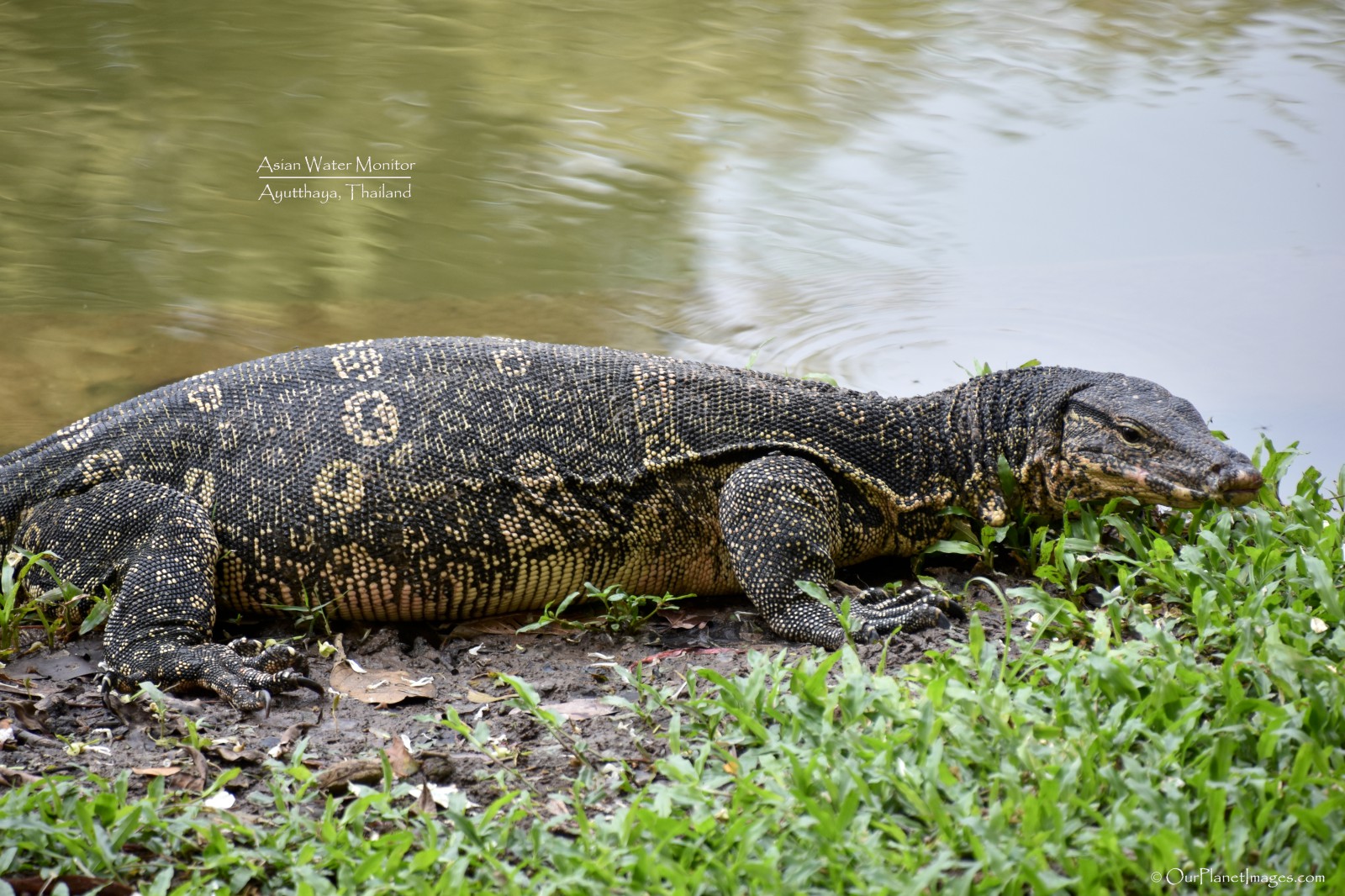
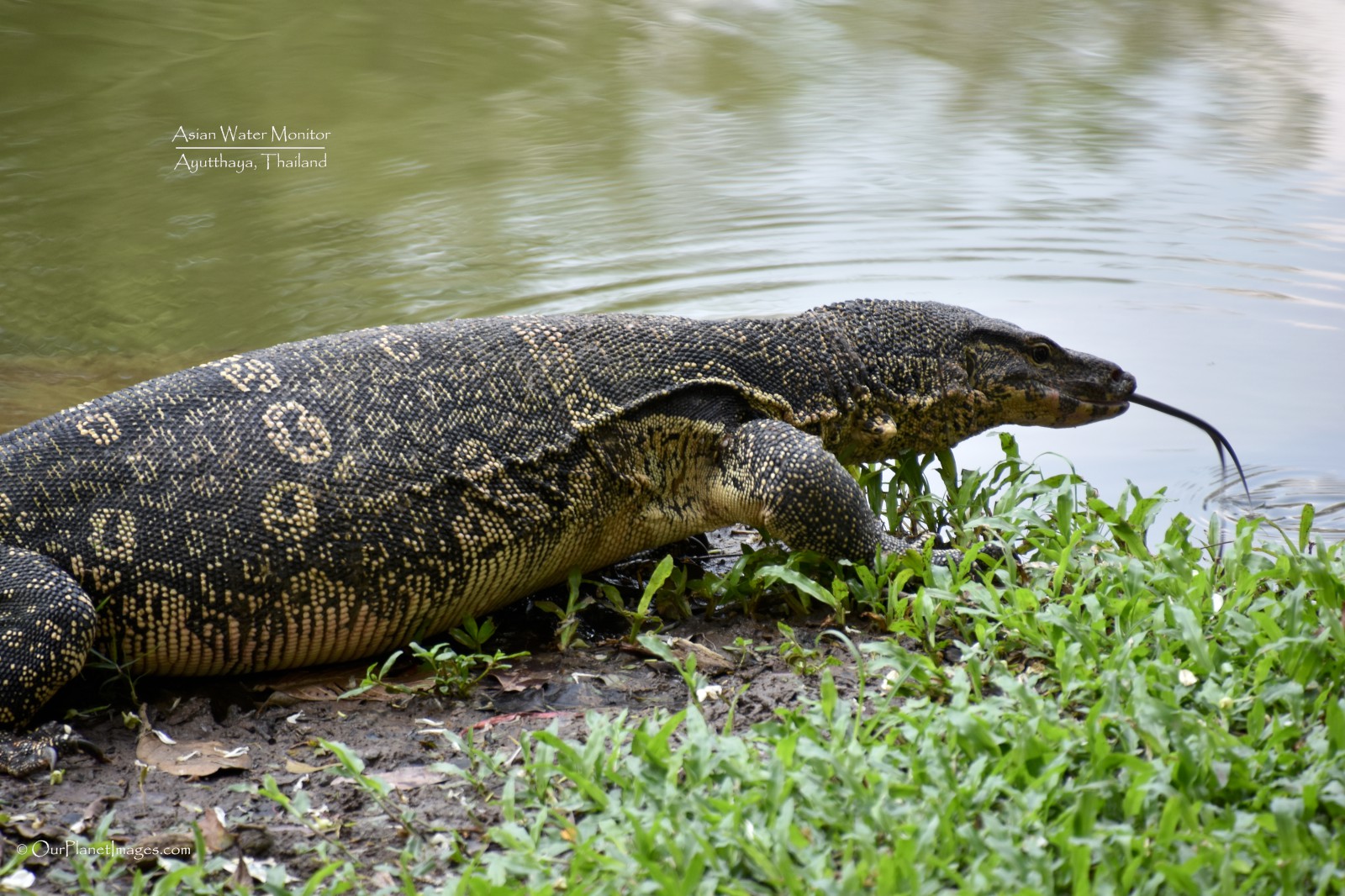
As the name would suggest, these lizards live near water, are good swimmers and can stay submerged under water for up to 30 minutes. They eat a variety of prey including fish, frogs, rodents, crabs, birds and snakes.

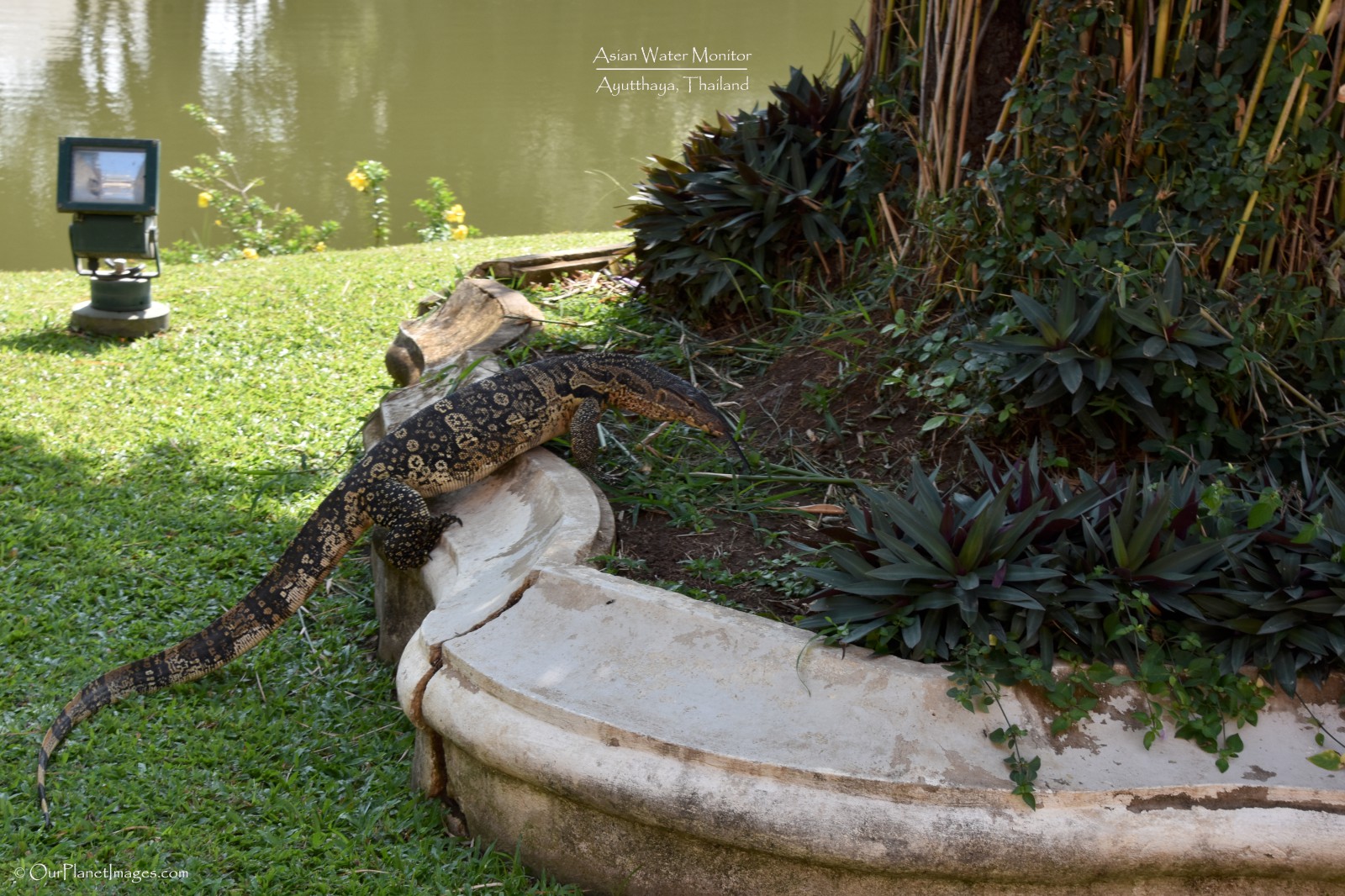
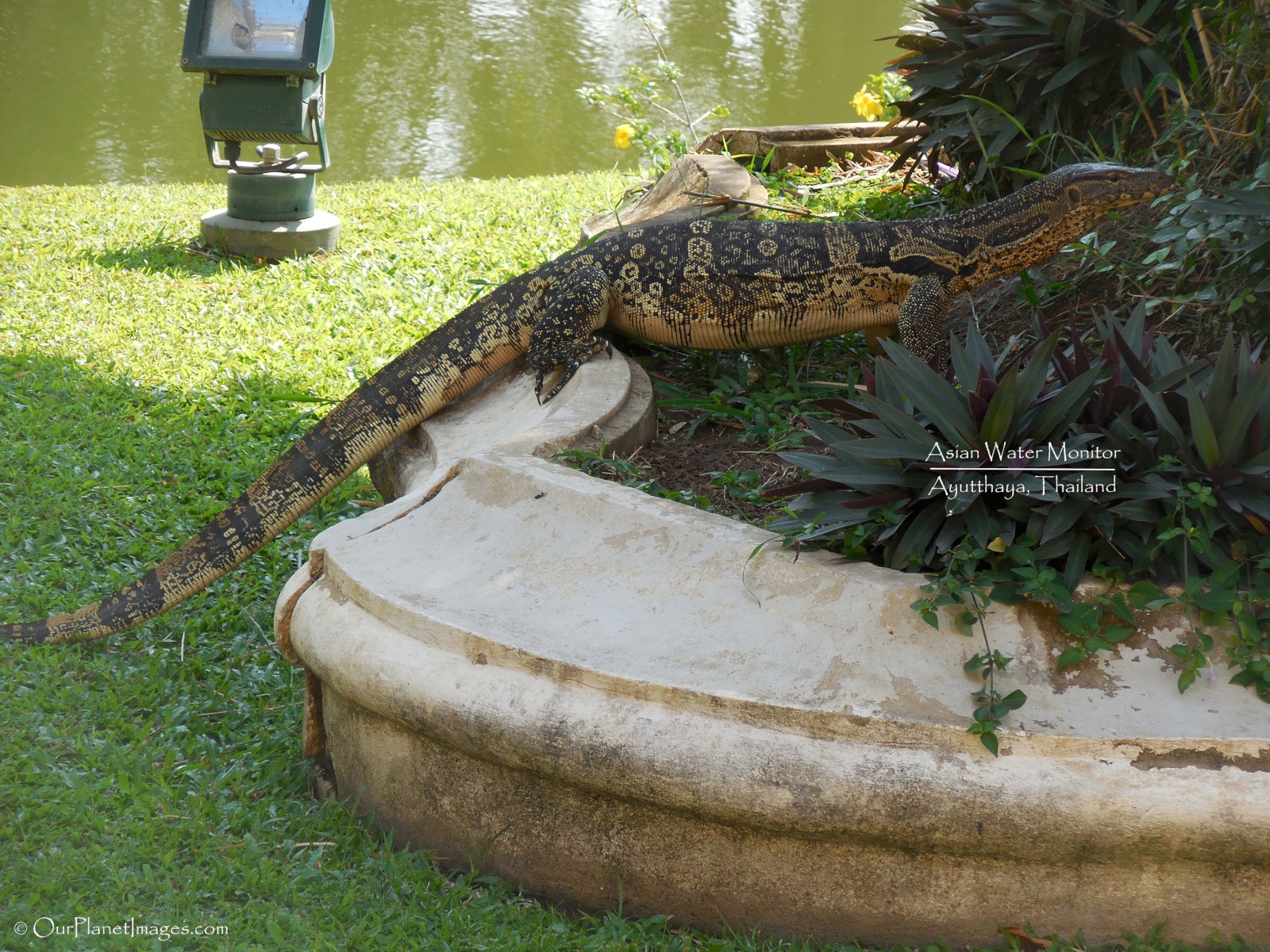
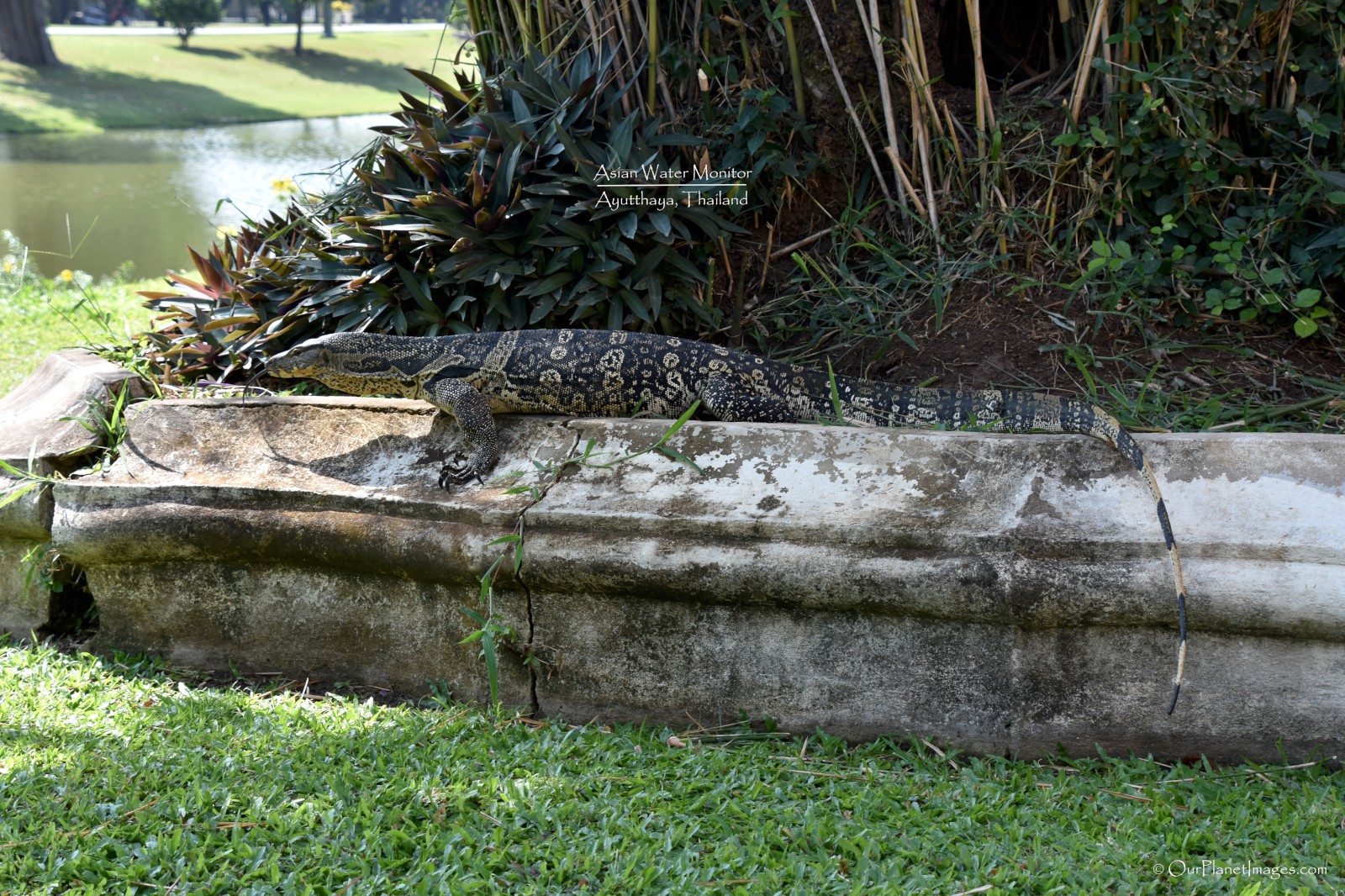
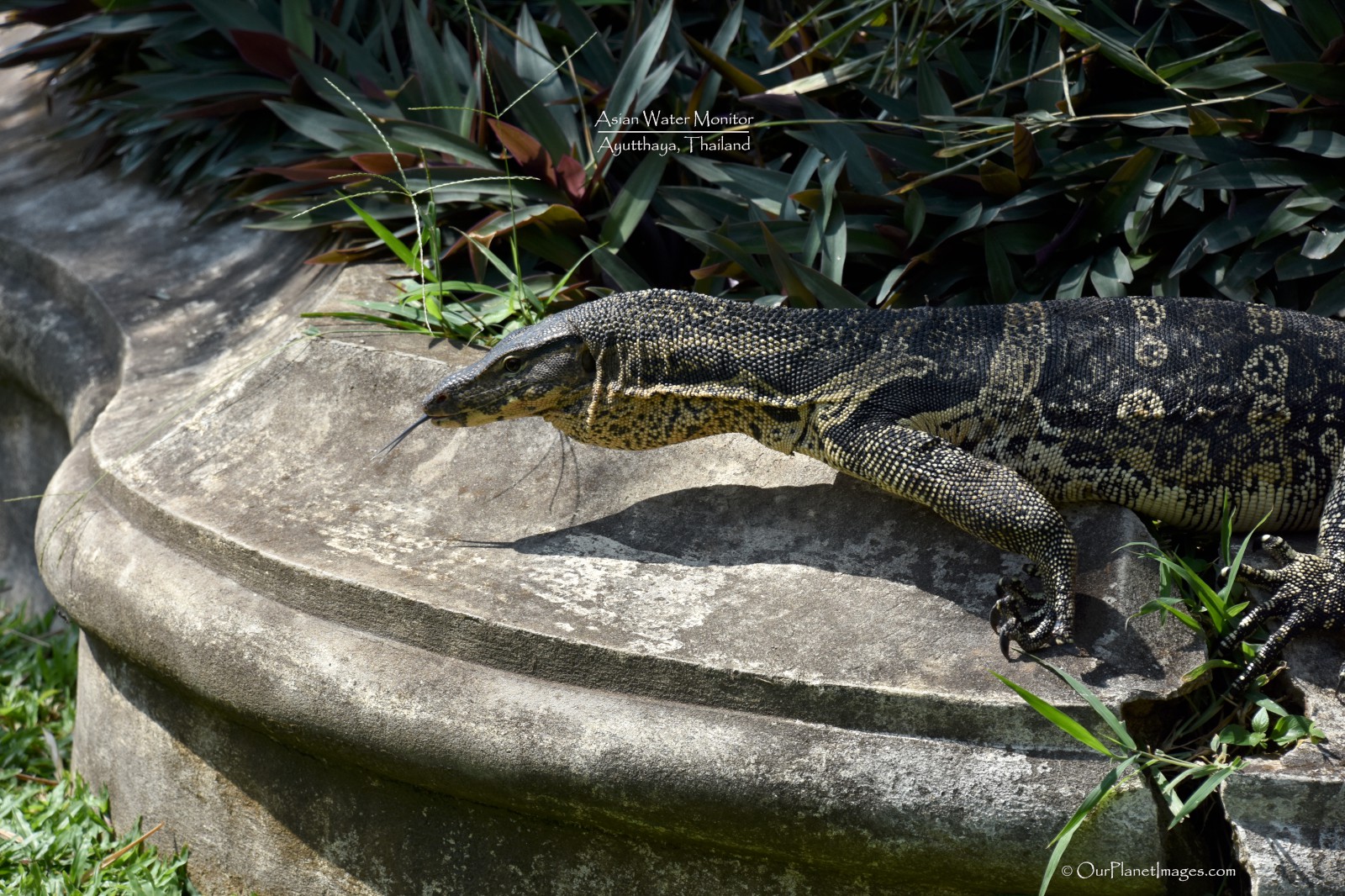
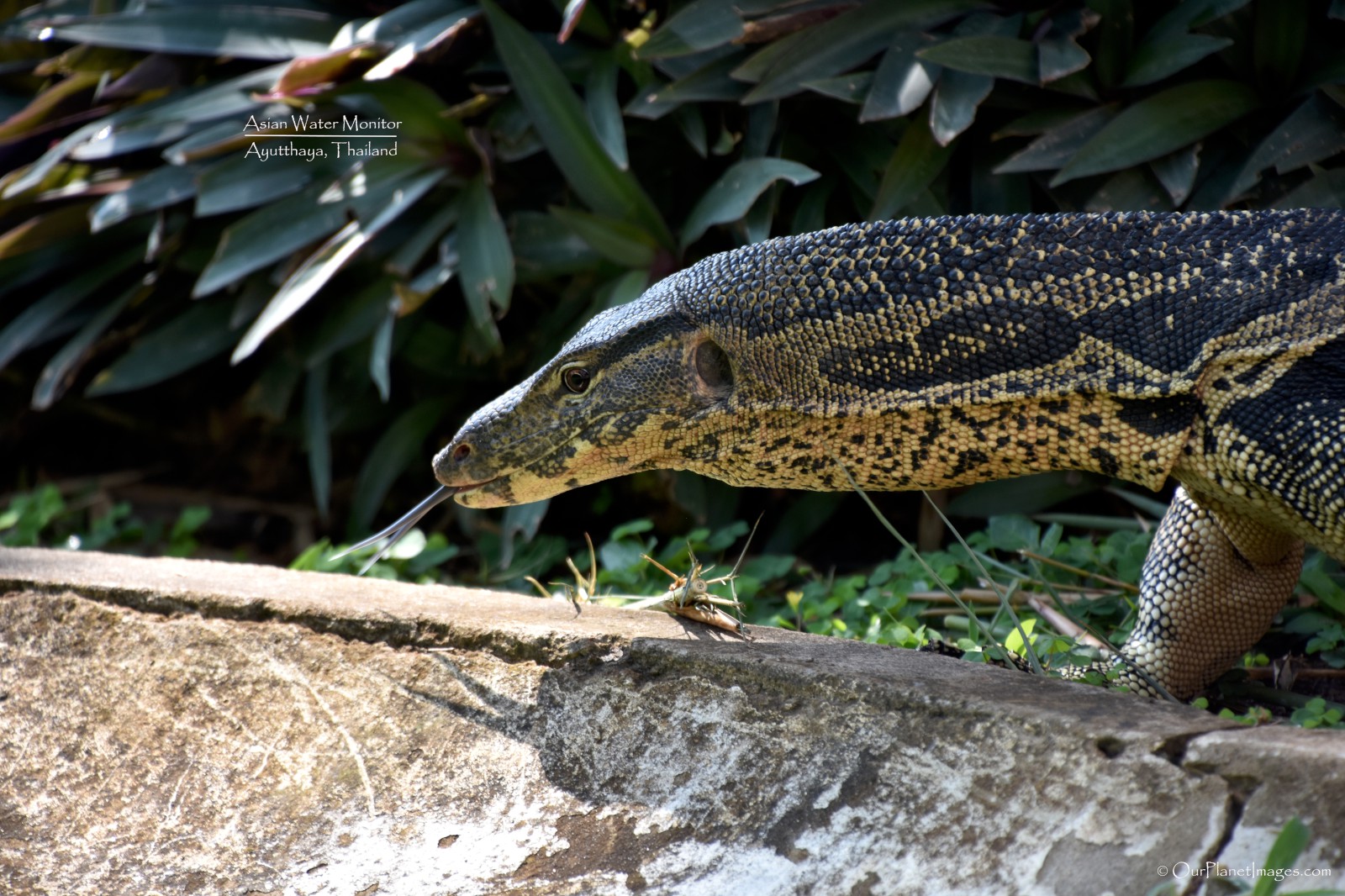
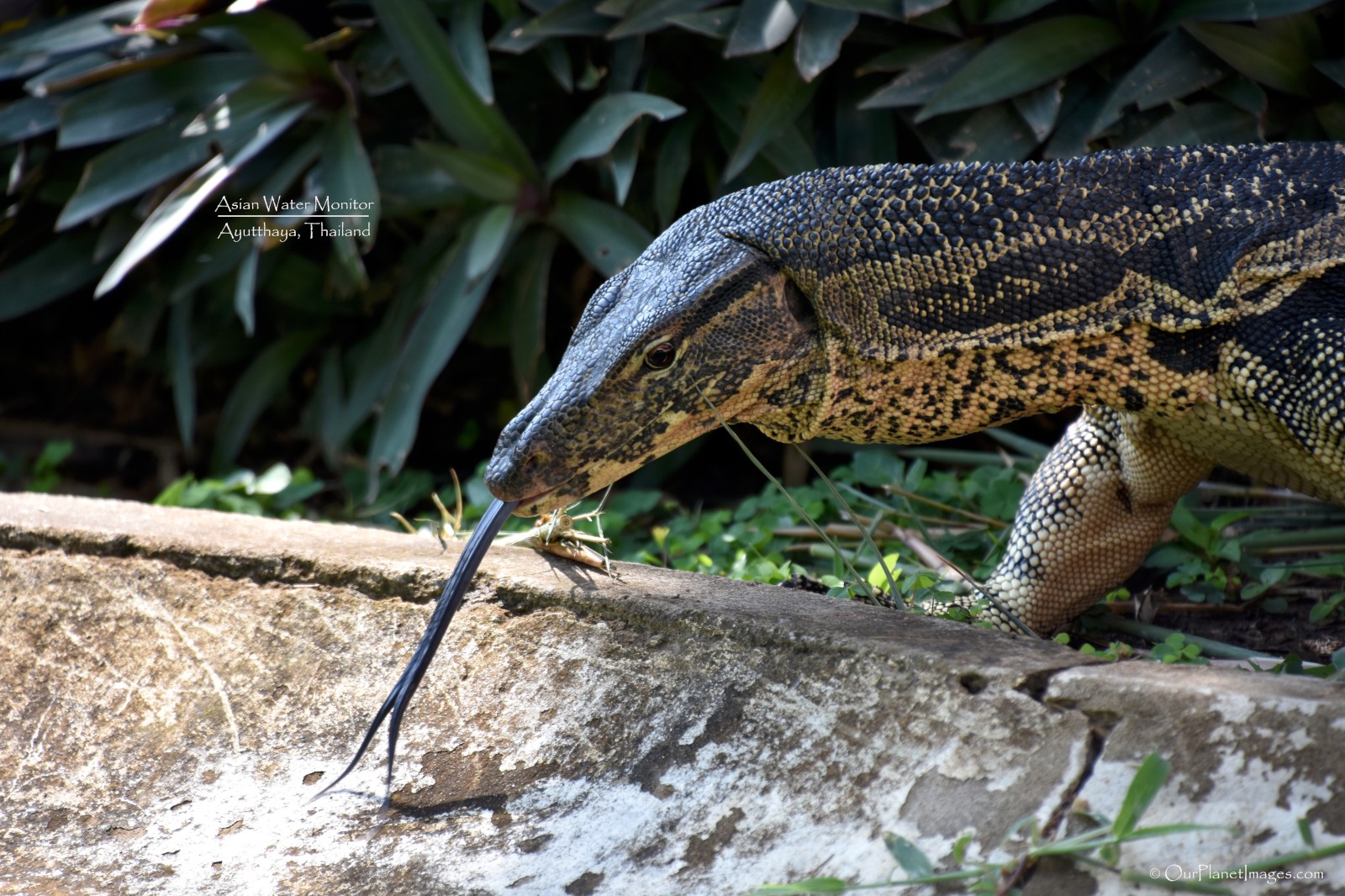
Some of the feature on the Asian Water Monitor that I find fascinating are the strange pattern on its body, its long forked tongue and the large ear opening.
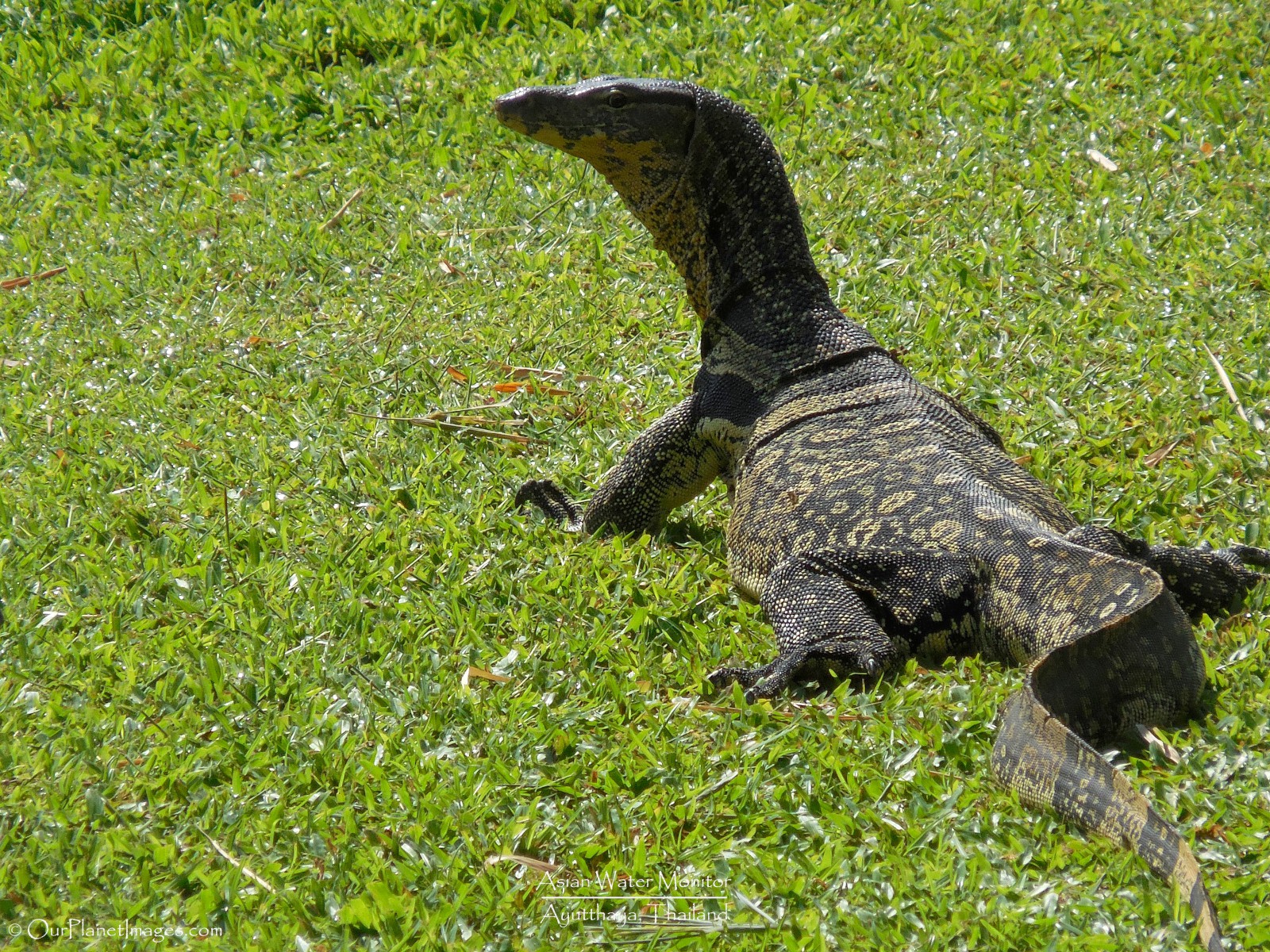
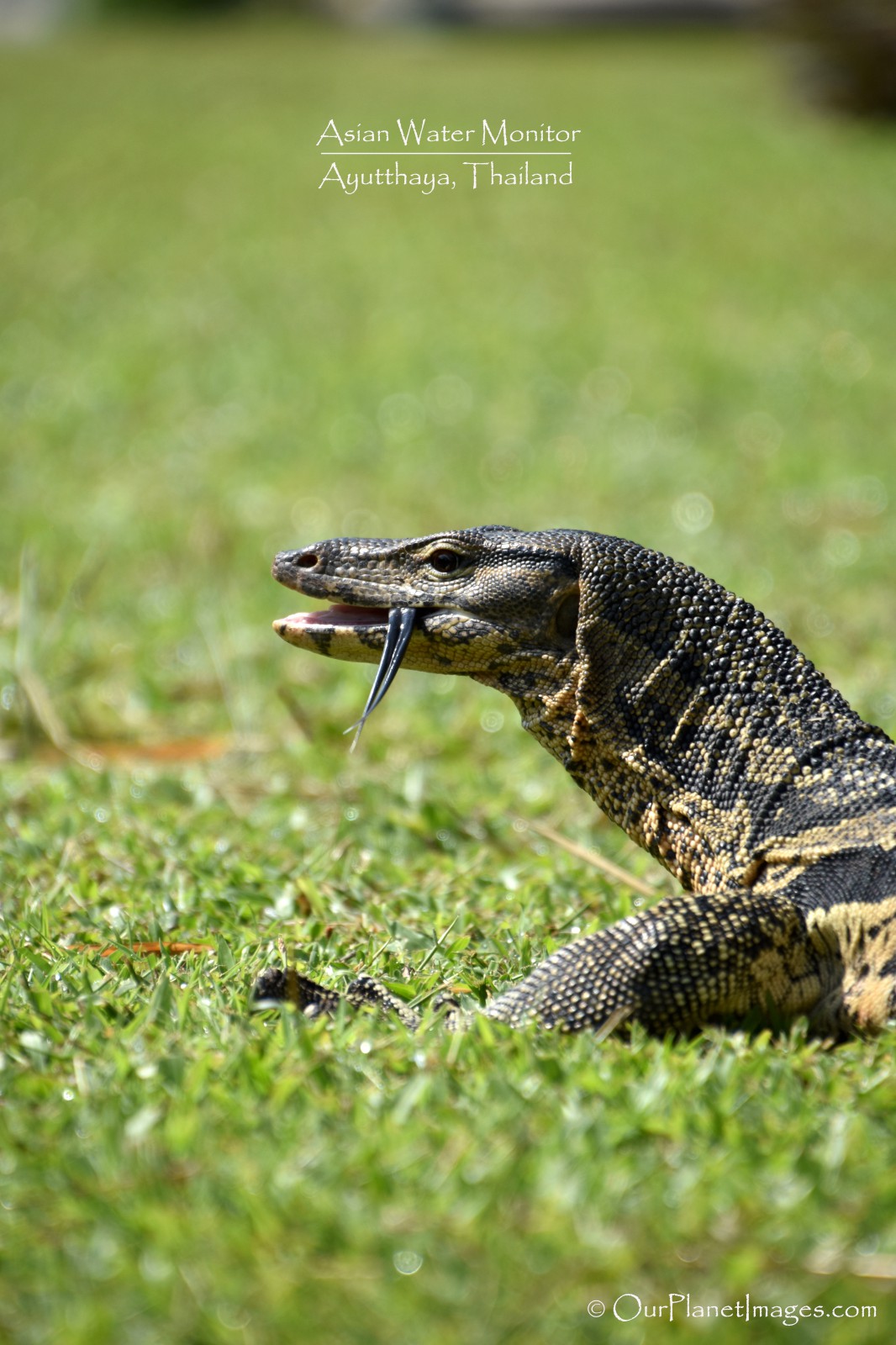
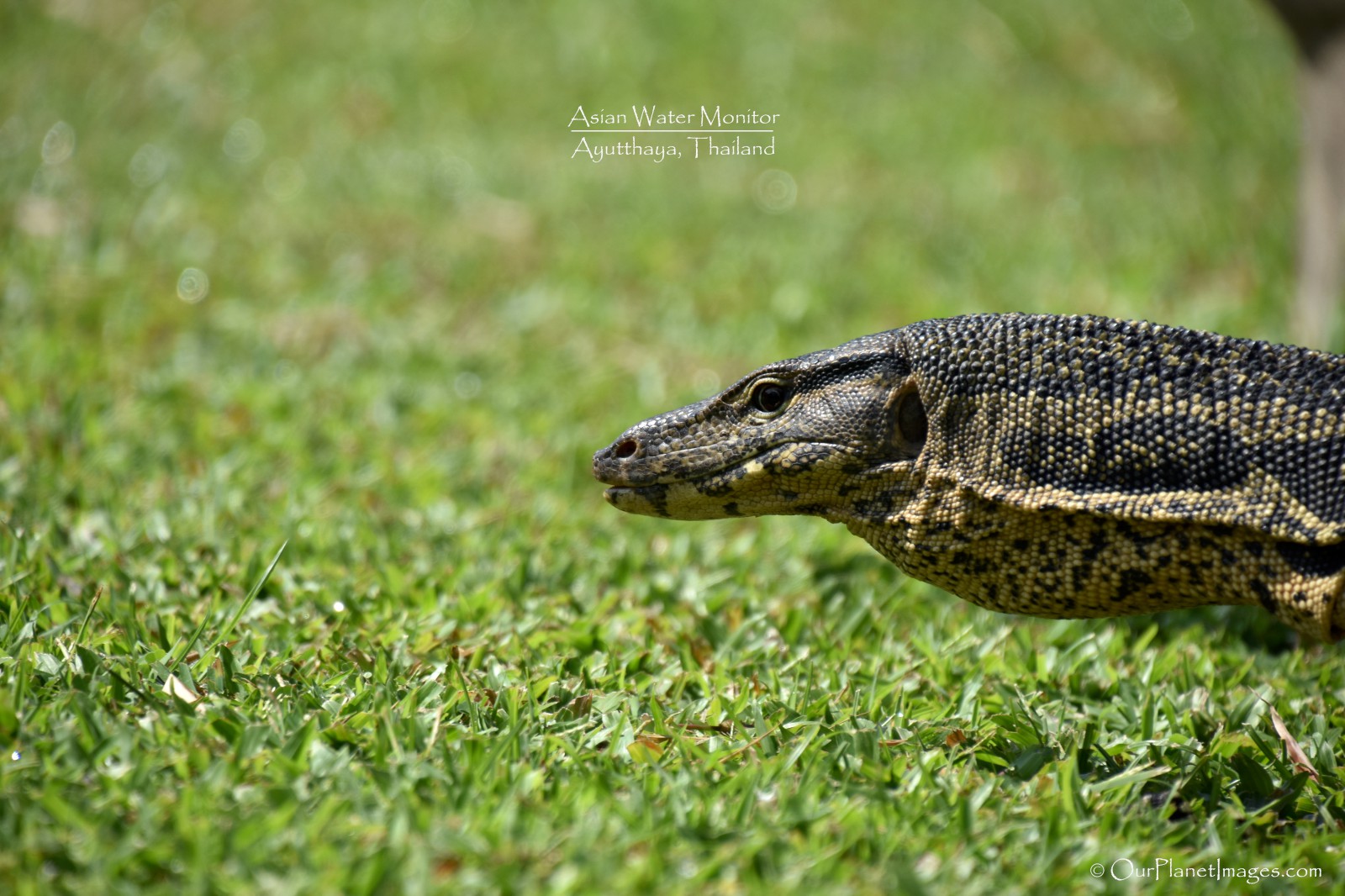
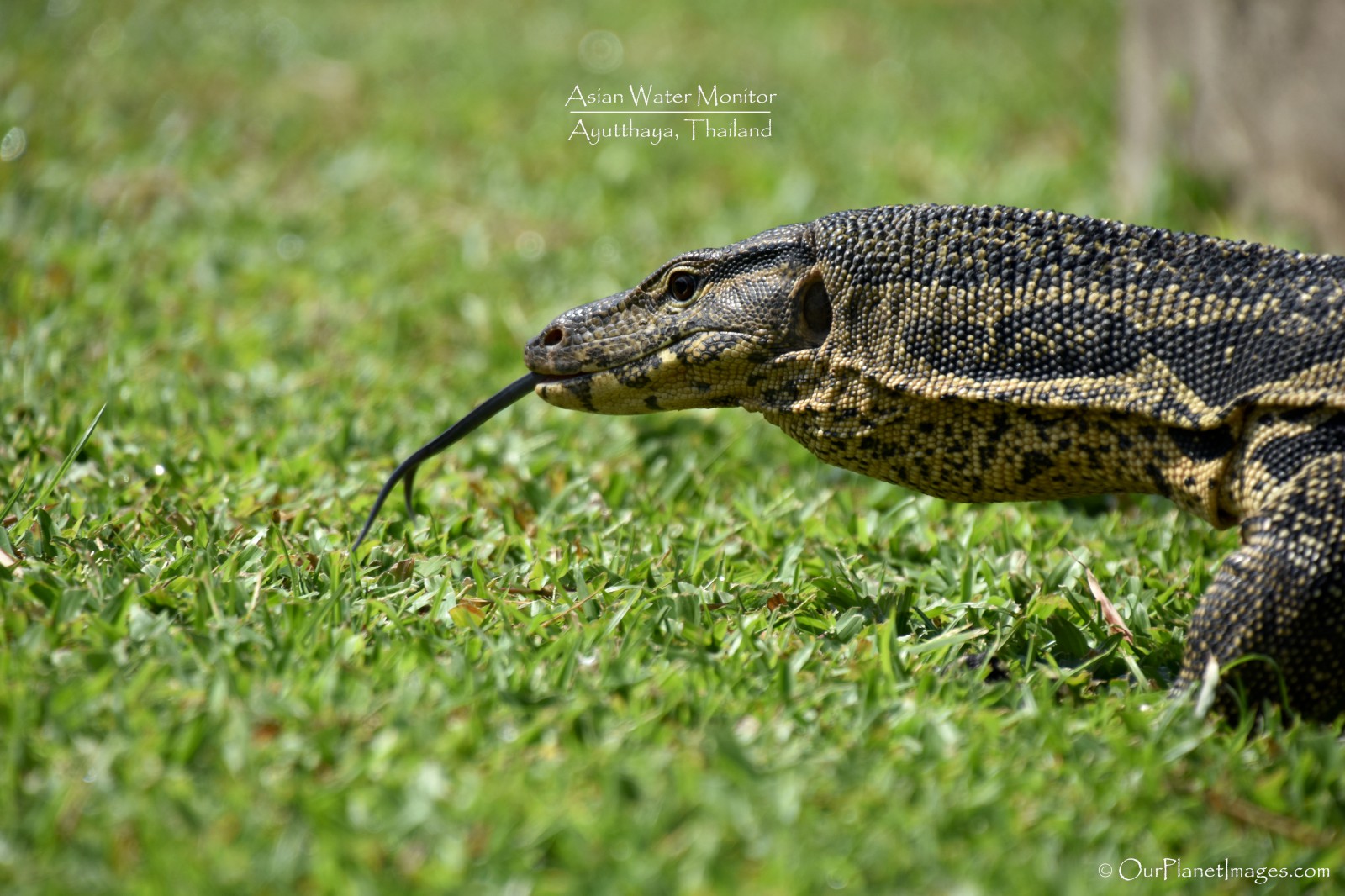
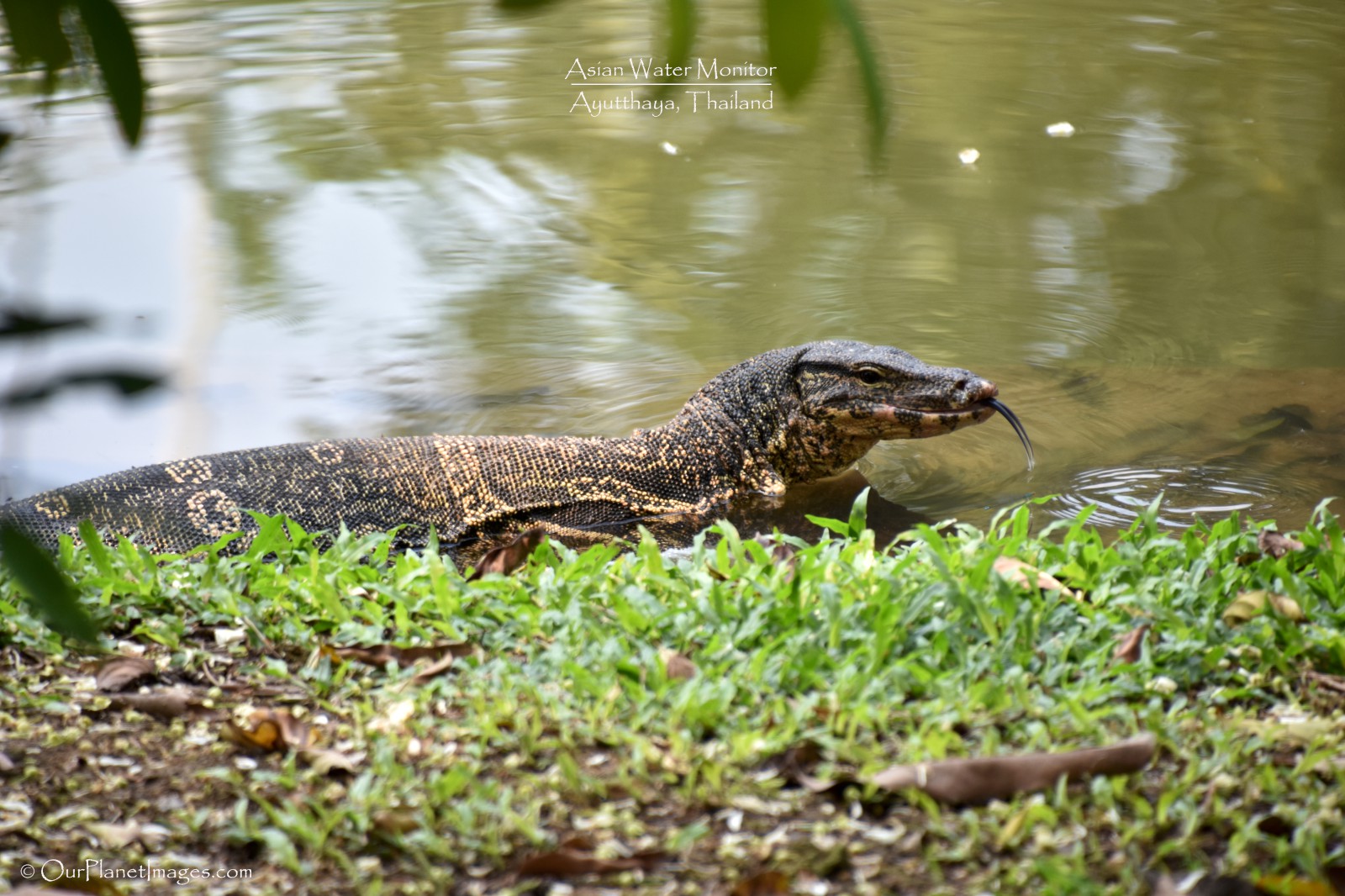
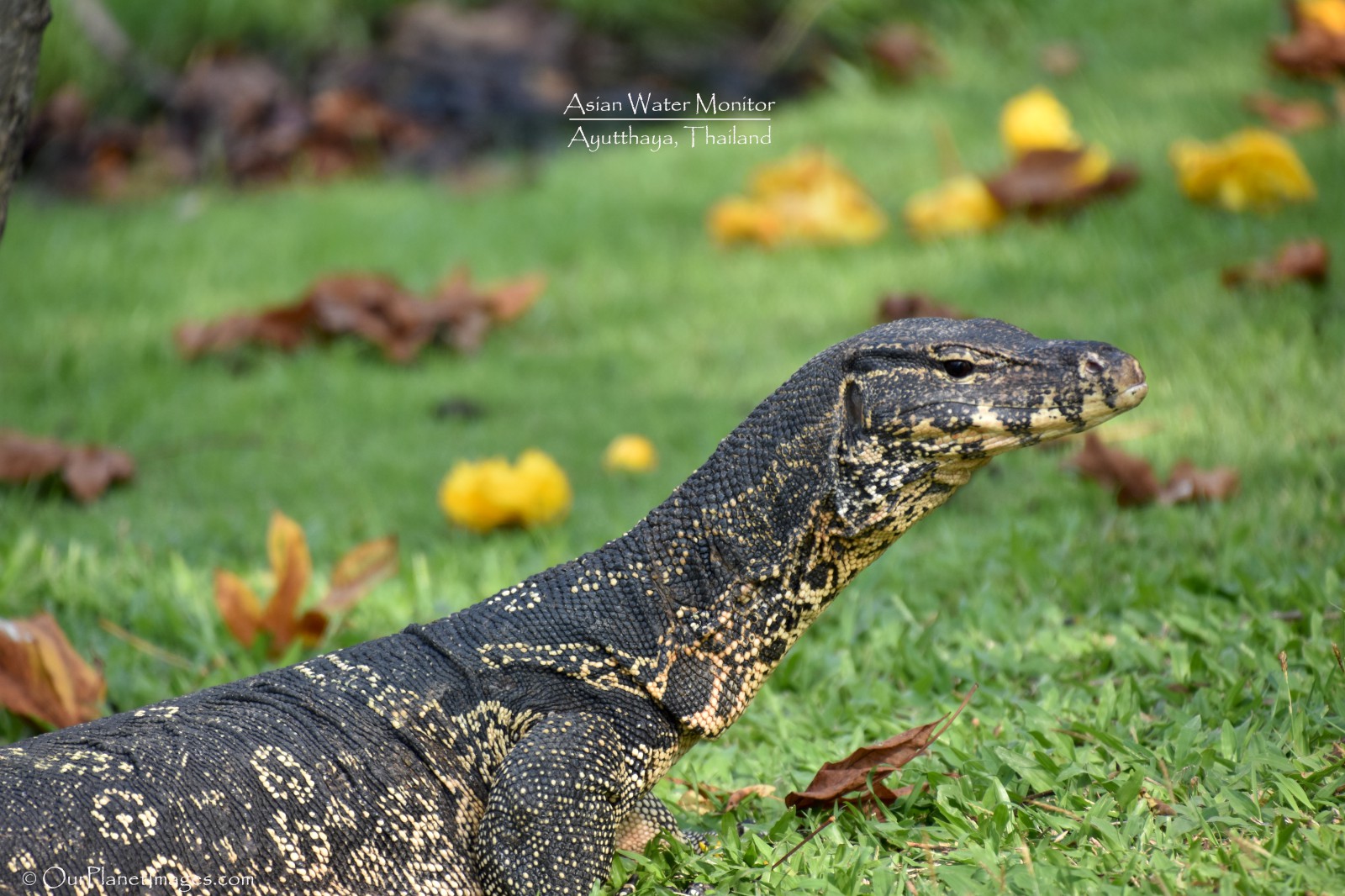

Watching these lizards really was captivating. Their size alone is intimidating. My natural instinct is to get as close as they would let me but they are so big that I wanted to keep a little distance just in case they decided to come towards me. Most wildlife will only let humans get within a certain distance to them but as I became closer they didn’t move away. I could tell that they really aren’t intimidated by humans. In the end, I was more afraid of them then they were of me. I got close enough to them that I decided that I was close enough. I don’t know which one of us is faster but I really didn’t want to find out!
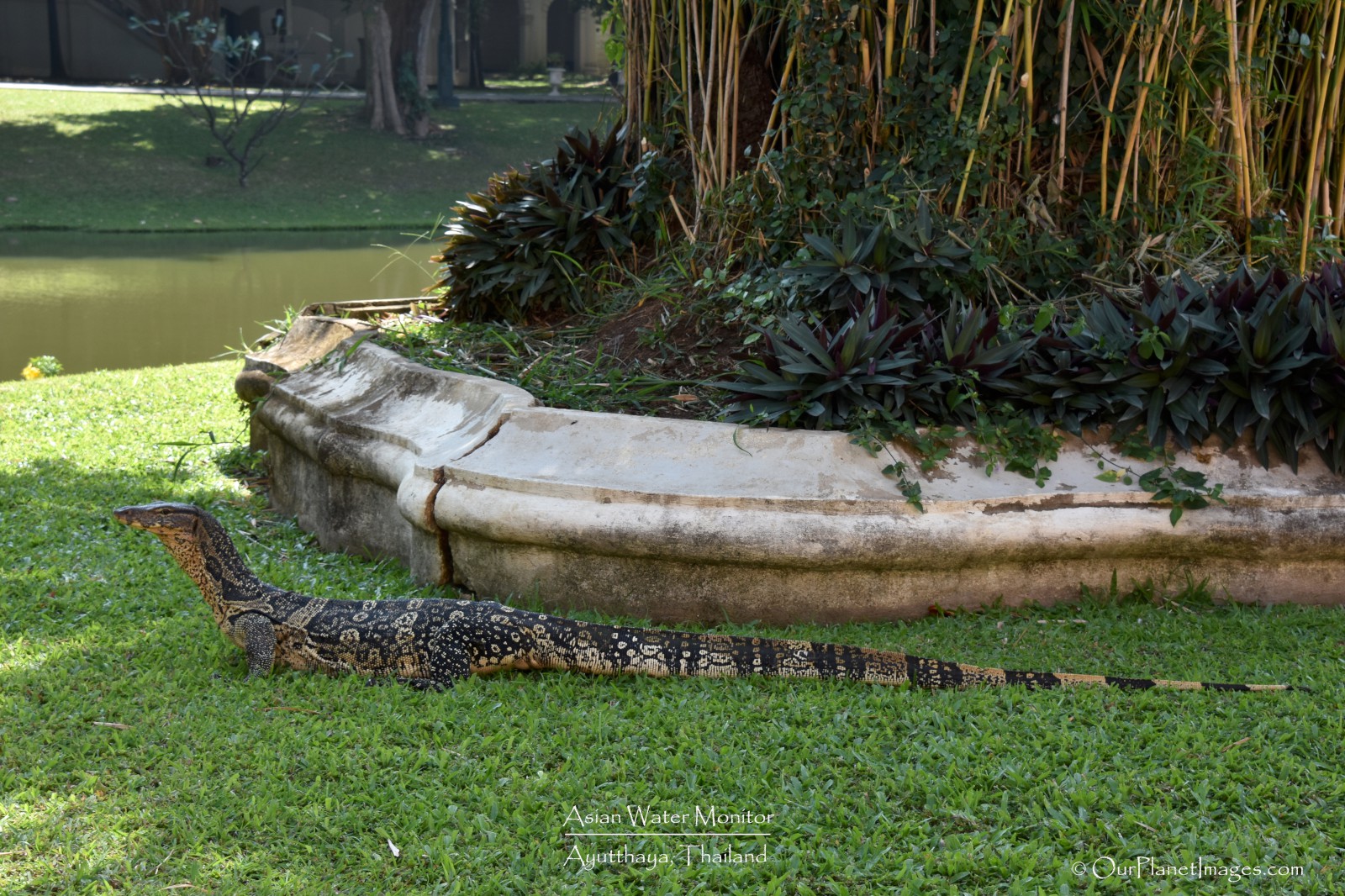
Hope you were using a zoom on your camera!
I did but it is still a little scary to be close to animals like these lizards.
I was wondering how you take a picture where the subject, in this case the lizzard, is really clear but the background is blurry. It makes your eyes focus on the subject and not on the surroundings. What setting do you use on your camera?
Carol, that is a great question. Depth of field is one of the most important factors in photography. I photograph all of my pictures in full manual (that means that I select the ISO setting, shutter speed and aperture size for each picture that I take). Many times when I photograph wildlife I want to have a shallow depth of field because I want to put all of the attention on the wildlife and not the surrounding scene. You can also do that with portraits of people. The aperture size is what determines the depth of field. The smaller the aperture the more depth of field that is in focus. So, to have a shallow depth of field like the photos of the lizard in this post set the camera aperture to the largest that your camera will allow and still have a fast shutter speed. Most camera (lens) will only go to f2.8 or f3.5. The smaller the number, the less depth of field that will be in focus. I hope that this answers your question. I have had several photography questions so I might periodically have some photo tips.